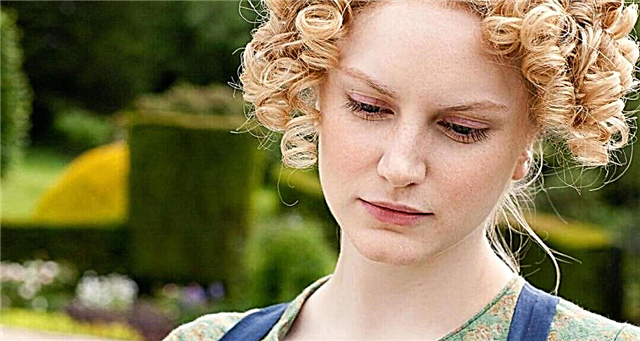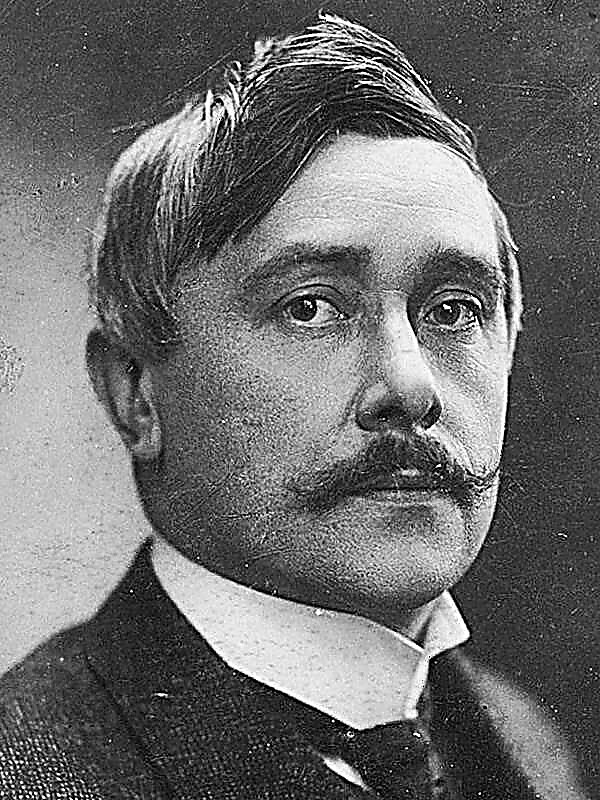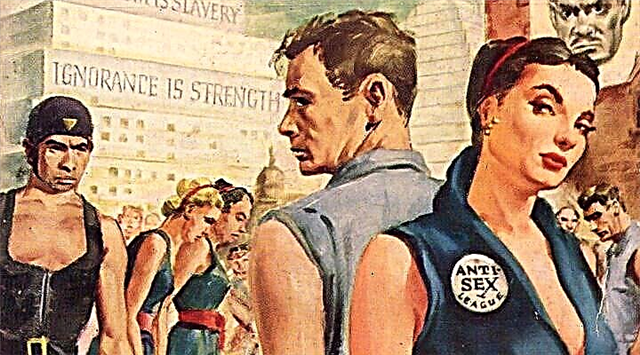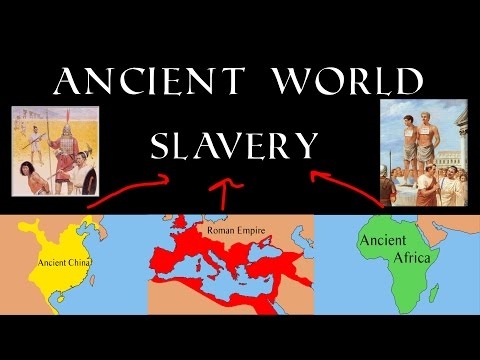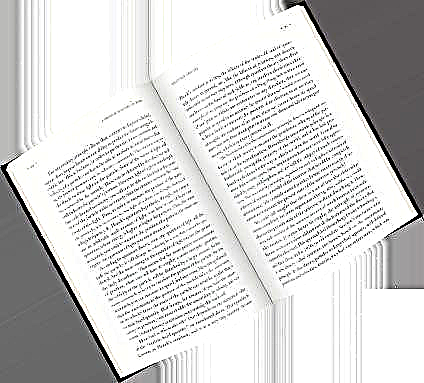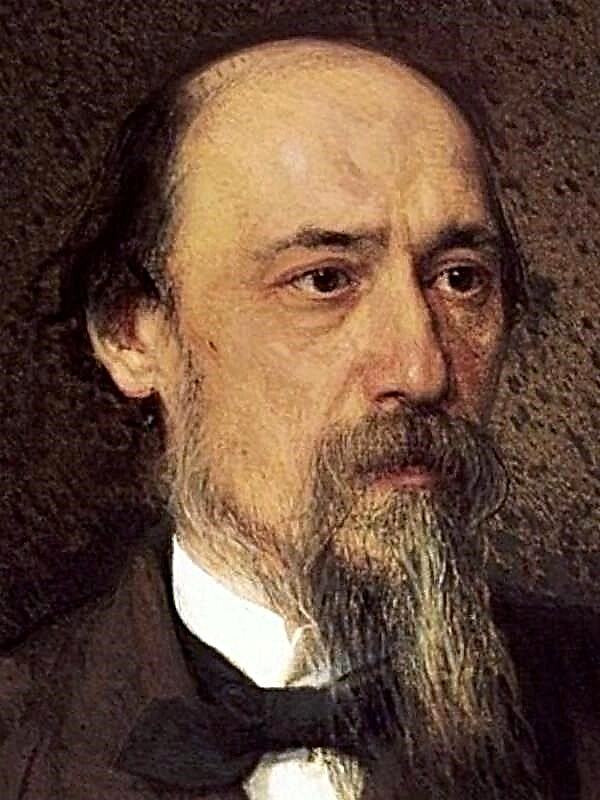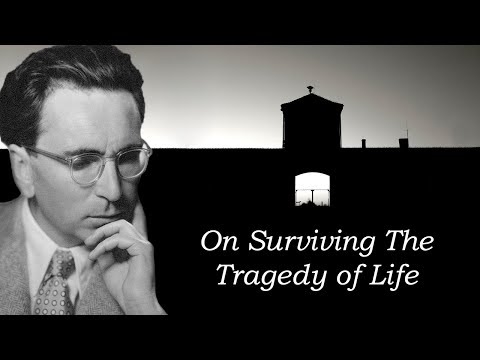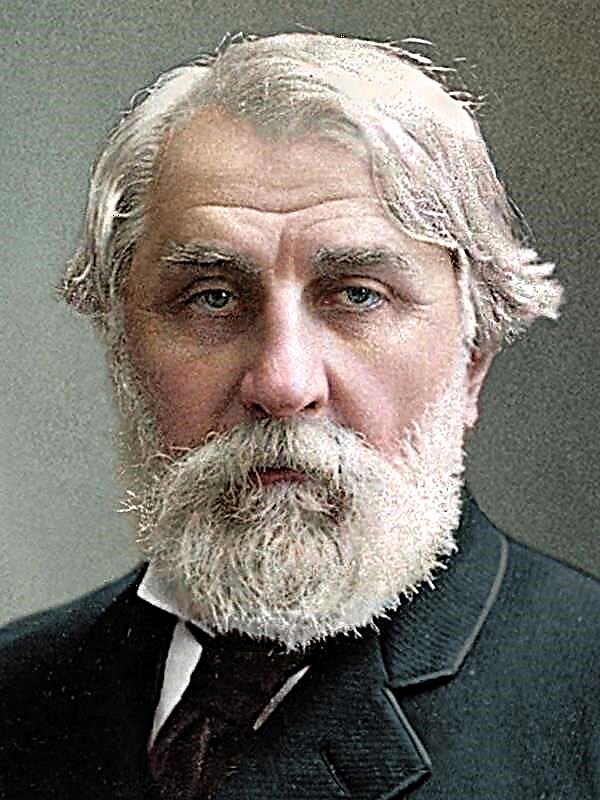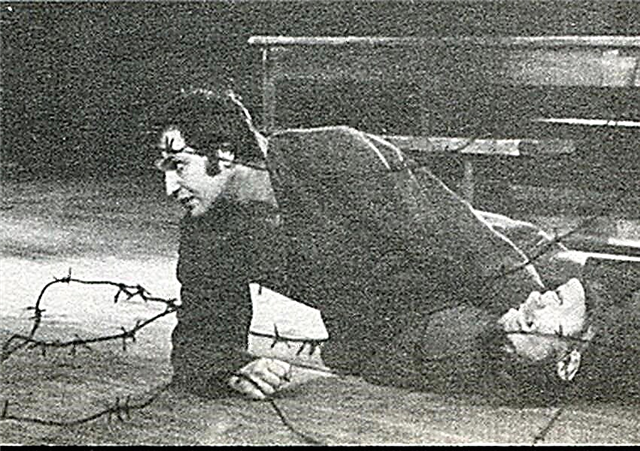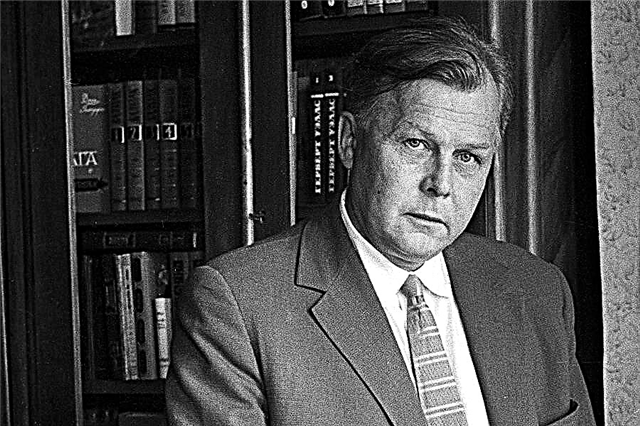Ivan Alekseevich Bunin was the first Russian writer to receive the Nobel Prize in literature. The era of revolutionary changes in which he lived, and forced emigration left an imprint on his work. One of the works written in a foreign land and filled with love for the motherland is the story “Lapti”.
History of creation
In 1920, Bunin moved to France because he categorically did not accept Soviet power. In the October Revolution, he saw the destruction of the country. He could not stay, as government repressions against "class enemies" began.
The story "Lapti" was written in 1924. The writer expressed in him his vision of a Russian national character. Ivan Alekseevich wholeheartedly loved his native Russia, and the revolutionary events and life in a foreign country depressed him. The work recreates the pre-revolutionary way of life and the original character of the Russian people, which were to their liking.
Genre and direction
The genre of Lapti is a classic story. It is small in volume and contains one storyline: a child in delirium asks to give him red bast shoes, and the wise and kind servant Nefed goes after them, despite the blizzard.
The direction of the story is realism, but at the same time, symbols are used that are not obvious at first glance. Just considering the story against the background of the time when it was written, and the life of the writer in exile, you can understand what symbols are used and what they mean.
Can a story be called a parable? In a sense, you can. Because, as in the parable, specific characters of specific characters are not shown here. Only one hero has a name - Nefed, but he is not an isolated hero with his own special character, but a collective image of "bast shoes" - ordinary Russian men. It symbolizes mercy and self-sacrifice. But still, I think that despite all the similarities, the story is not a parable in the full sense. Because here the moral message of the work lies deeper, while the meaning of the parable is not veiled, it is always on the surface.
The meaning of the name
Bast shoes are straw shoes worn by peasants in Russia. From childhood, rural boys were trained to weave these simple shoes. Thus, bast shoes denote Russian traditions, the character of the Russian people.
But also, “simple man” was called a simple, uneducated person. Such as Nefed. Therefore, the title of the story represents not only the shoes the child asks for, but also simple, simple Russian men.
The main characters and their characteristics
- The Image of the Nephew - This is the image of a simple-minded, but kind person. Walking in a fierce storm only to get bast shoes for a child who asks them in delirium is a truly heroic act. In the image of Nefed, Bunin conveyed the Russian soul, the character of ordinary Russian men who are not afraid to sacrifice themselves to save someone else's life.
- Mother of a sick child - a loving and kind woman. This is a collective image of Russian mothers who wholeheartedly love their children and are ready to seize on any ray of hope for their salvation.
- Child himself Is a symbol of the future of the country. And only “bast shoes” - the simplicity and sacrifice of the Russian soul, traditions that passed from generation to generation - can save him.
Topics
- Mercy acts as the main theme of the story. Nefed realized that the soul of a sick child wants red bast shoes, and if you get them, the child can recover. The subsequent decision to risk one’s own life for the salvation of another is an act of mercy that only truly good people can do.
- Another word that characterizes Nefedushka’s behavior is responsiveness. Indeed, not every servant would ask the hostess about the condition of the child, and even listen to his request. Responsiveness, perhaps, was and remains the quality of honest, ingenuous and kind-hearted people.
Problems
The problems of the work “Lapti” are expressed in the writer’s keen sense of revolutionary reality. He is much closer to the Russian life that was before the revolution. Sacrifice and mercy, as a distinctive feature of the national mentality, are expressed in the form of Nefed.
It is symbolic that the housewarming men were saved only thanks to the sacrifice of Nefedushka. Novoselsky men are also ordinary people with a Russian character. And Nefed’s sacrifice in any case is not in vain. In my opinion, this means that a good, sacrificial act always brings benefits.
Meaning
The idea of a work is revealed through symbols. It is no coincidence that the child is sick in the work, and it is no coincidence that he asks not for anything, but for bast shoes. The child symbolizes the future of the Russian people, their fate. The impenetrable blizzard can be compared with revolutionary upheavals. It is not known whether the Russian people will survive or die in this brutal storm. And bast shoes are a symbol of the merciful and sacrificial Russian character, which is a thing of the past with the tsarist regime. But precisely in them is the hope of salvation.
The moral meaning of the story is expressed in the act of Nefedushki. Bunin wanted to show that the Russian people have a future only if people retain in themselves humanity, kindness and mercy.
In my opinion, the main idea of the work is that the key to saving Russia is in the continuity of generations. You can’t just take and cut off the traditions and customs of the ancestors, their experience, the old way of life that has been formed over the centuries. Only passing the best of the legacy of older generations to new generations can ensure the country's prosperous development. If you look at the horrors of the mass repressions that the Soviet regime brought, you can understand that the writer was largely right. Revolutions, no matter how tempting they may be, bring suffering to the common people.

